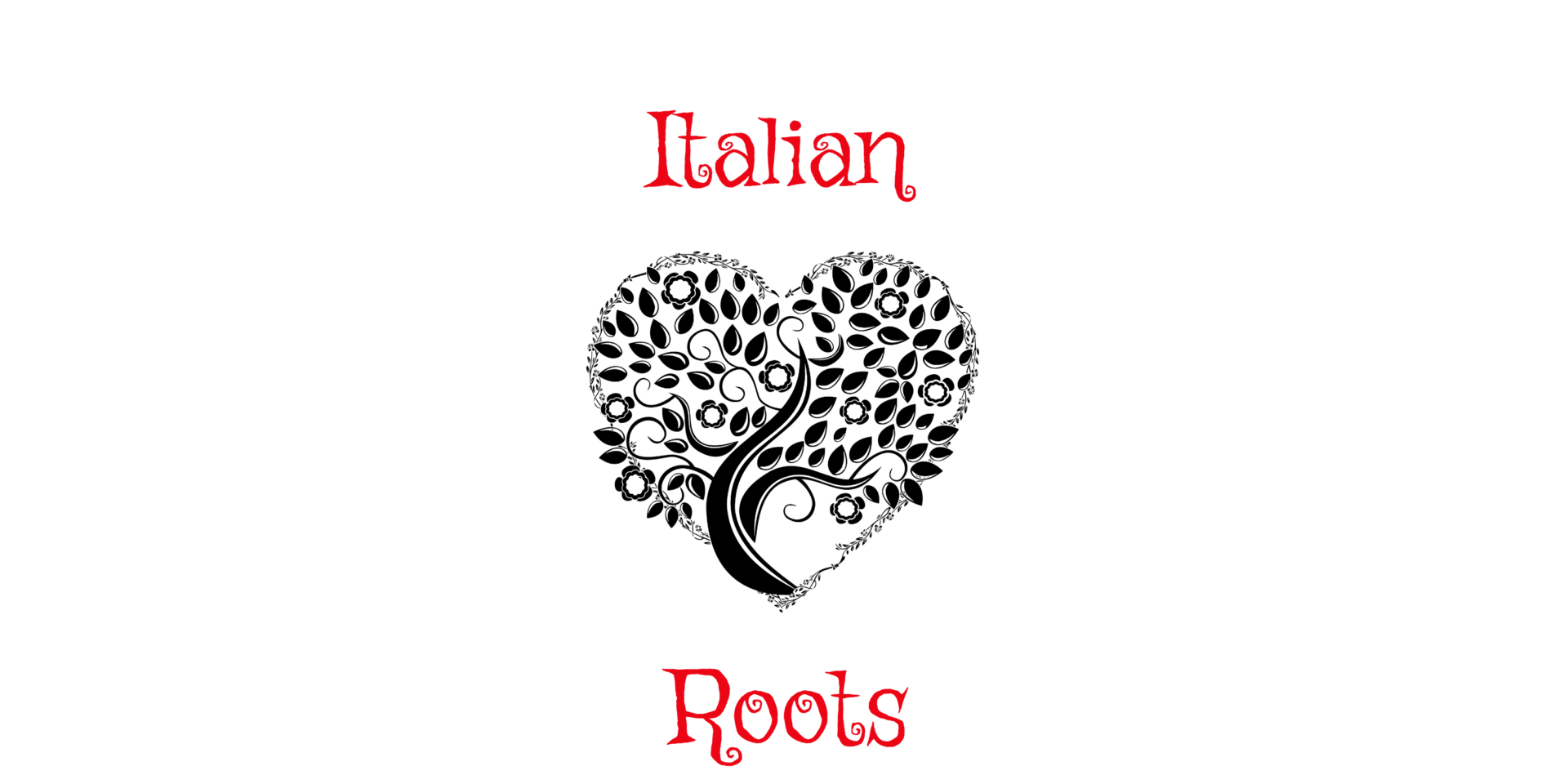For those of you who have viewed previous posts, I’ve decided to take a different approach. Rather than post individual grandparents, I’m going to post the family name and some of the history. I think that will be more meaningful, especially with my Italian readers. I’m hoping if you have the same last name, it may prompt you explore your roots. As it get’s to cumbersome to print all the generations, I will do 5 or 6 levels of descendants, beginning with the most prominent member
For the Montefeltro’s I am starting with Frederico, my 15th great grandfather
Descendant chart for Frederico
Frederico da Montefeltro Duke of Urbino


Montefeltro Family, noble family of Urbino, a city in the Italian Marches, southeast of Florence, that rose to become a ruling dynasty and produced several outstanding political and military leaders from the 13th to the 16th century. Descendants of an older noble family, they took their name from the ancient town of Mons Feretri, later San Leo, where they first rose to prominence.
By 1234 the family ruled Urbino. During the remainder of the 13th and early 14th centuries the family was prominent on the Ghibelline (imperial) side in the struggle between emperor and pope. Guido da Montefeltro, mentioned in Dante’s Inferno, fought against the Guelf (papal) party in Romagna and Tuscany before submitting to Pope Boniface VIII in 1295; he died a Franciscan monk in 1298. His son Federigo sustained the Ghibelline cause in north central Italy and ruled Urbino until 1322, when he was killed in an insurrection. His son Nolfo temporarily recovered Urbino but in the end lost it to the papal party.
Nolfo’s grandson Antonio (died 1403) recovered the family power once more (1377) and even extended it to neighbouring towns, making peace with the pope, who named him vicar, a title he successfully passed on to his son Guidantonio (died 1443). The latter’s marriage to a daughter of the papal-related Colonna family cemented the new alliance, and papal support assisted the Montefeltro in resisting the Malatesta family, lords of Rimini. Guidantonio’s illegitimate son Federico (1422–82) became an outstanding military leader, captaining the papal army against the Malatesta and his own against the pope, and suppressing a revolt in Volterra as a mercenary in the pay of Lorenzo de’ Medici. He spent his war profits on monumental building, on a library, and on art. Pope Sixtus IV made him duke of Urbino in 1474. Federico’s son Guidobaldo was the last ruling Montefeltro; dispossessed by Cesare Borgia in 1502, he recovered his state, but being without heirs adopted his nephew Francesco Maria della Rovere, into whose family Urbino then passed. His court, a notable centre of culture, is commemorated in Baldassare Castiglione’s Il cortegiano (1528).

Buona Pasqua From Italian Genealogy
Buona Pasqua from Italian Genealogy. Hard to believe that we are in our seventh year. This year has been great. Pick up a copy of “Farmers and Nobles” Available here or on Amazon. Thank you and have a Happy Easter! Click here to Join Italian Genealogy on Facebook

From Stromboli to America: A Journey of Heritage
In this conversation, Bob Sorrentino interviews Charlie and Steve Bongiorno about their Italian roots and family history. They share stories of their ancestors’ immigration to the United States, cultural traditions, language, and personal experiences in Stromboli. The discussion highlights the transformation of Stromboli from a primitive island to a celebrity destination, reflecting on the changes over generations. In this engaging conversation, the speakers share their experiences of living in Italy, exploring their cultural roots, and

Jazz and Italian Heritage
In this engaging conversation, jazz singer Vanessa Racci shares her journey of exploring her Italian heritage and how it intertwines with her passion for jazz music. From her family’s roots in Puglia to her experiences growing up in New York, Vanessa reflects on the rich history of Italian Americans in jazz and the importance of preserving this cultural legacy. She discusses her musical projects that aim to revive Italian classics through jazz arrangements and highlights

Generational Perspectives on Being Italian-American
In this conversation, Bob Sorrentino engages with Dr. Gilda Rorro and Dr. Mary Rorro, a mother-daughter duo, to explore their Italian heritage and the significance of family roots. They share personal stories of immigration, the importance of reconnecting with their Italian roots, and the generational differences in experiencing Italian identity. The discussion also highlights the role of food in Italian culture, the challenges of preserving heritage for future generations, and the contributions of Italians to

Italian Wine Classes – FAST
Join us on a journey to explore the allure of sparkling wine as we embark on a taste test experience like no other! From the elegance of Champagne to the charm of Prosecco, we’ll delve into the world of sparkling varieties and uncover the perfect food and wine pairing to elevate your next celebration. Whether you’re a seasoned oenophile or just looking to cheers to bubbly, this video is for you. Get ready to discover

Exploring Toritto Bari: A Journey Through Time
The conversation explores the life and experiences of Rocco Scolamacchia, who grew up in Toritto, Italy, during the mid-20th century. It delves into his childhood memories, the impact of World War II on his family, the struggles of survival during difficult times, and the importance of family connections and genealogy. With his daughter Lisa the discussion highlights the cultural heritage and legacy that shapes their identities today. In this engaging conversation, the speakers delve into




